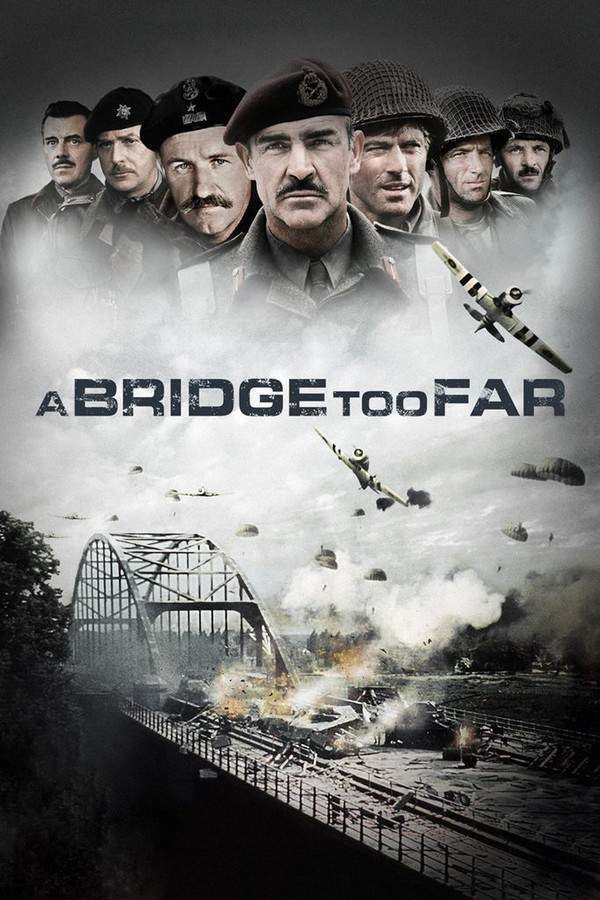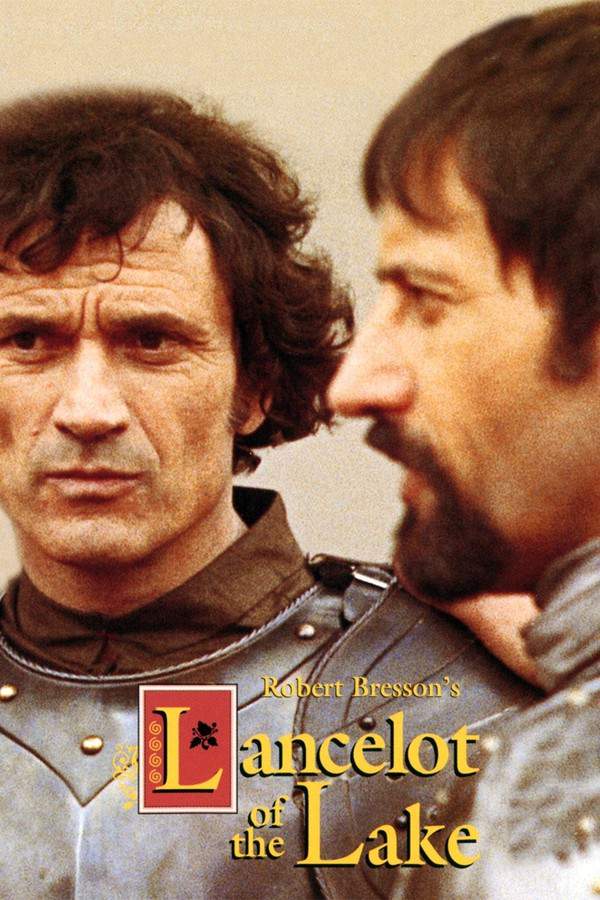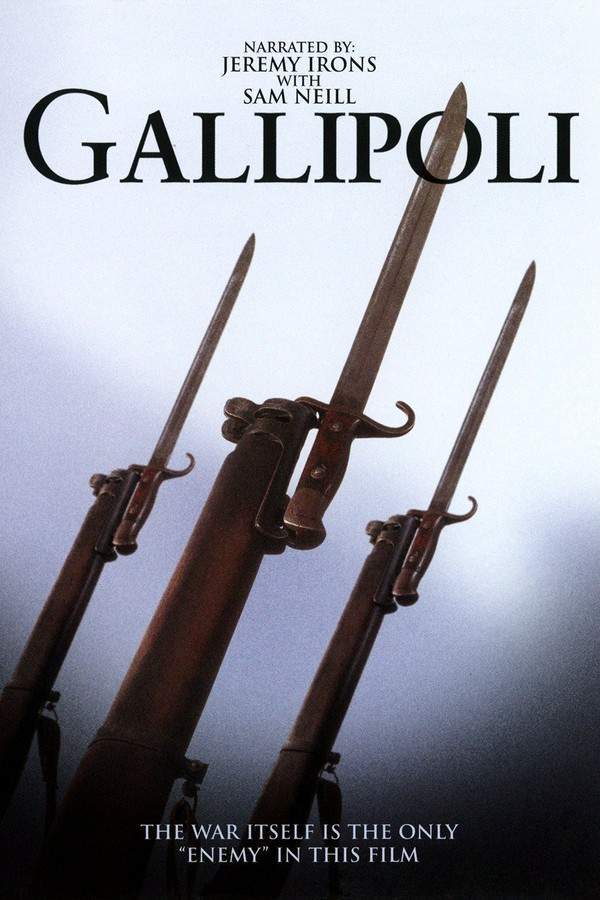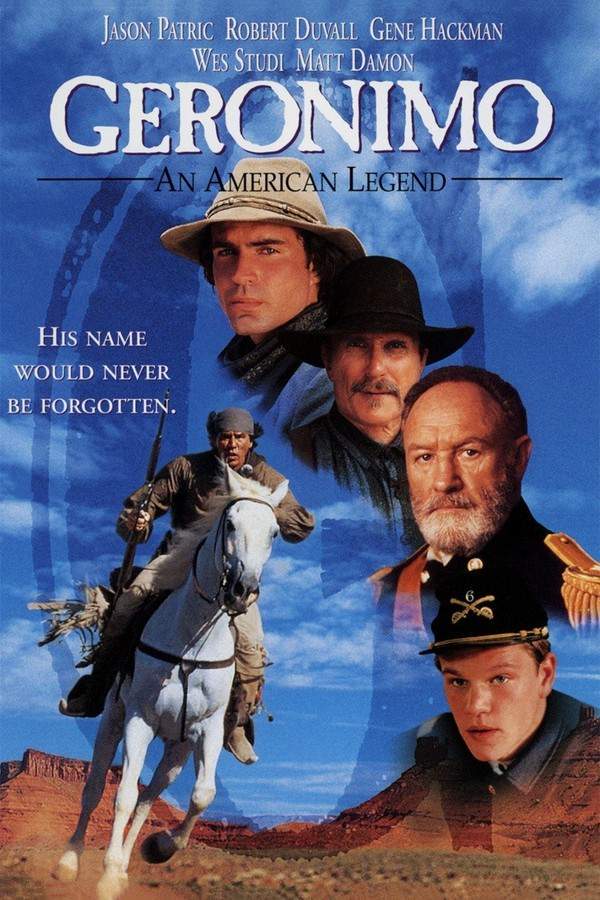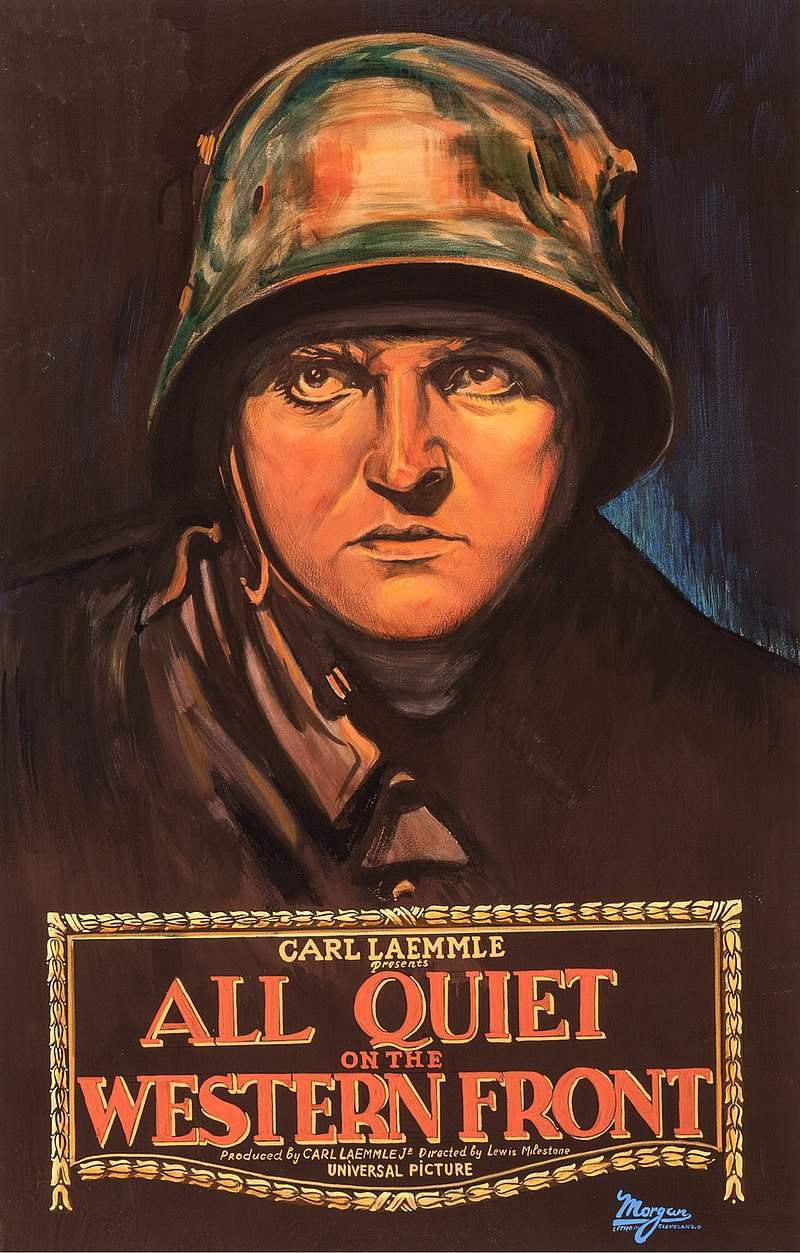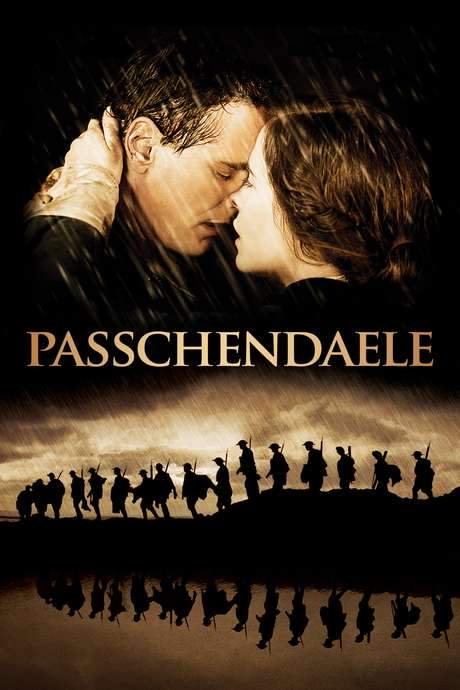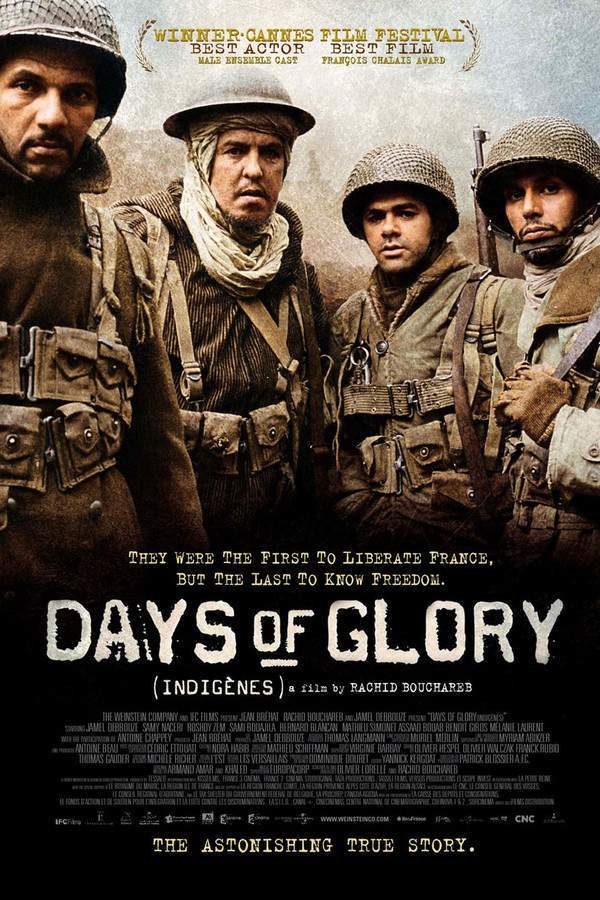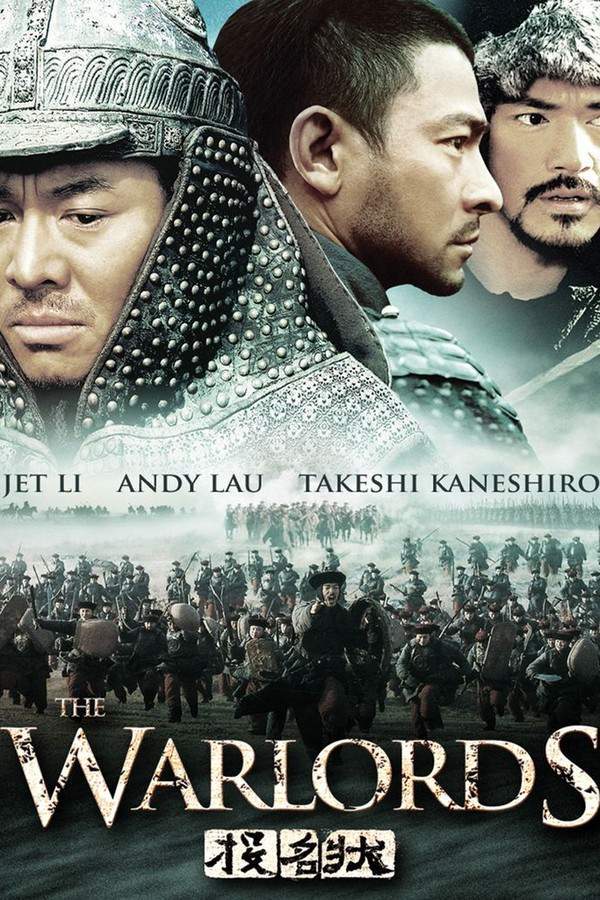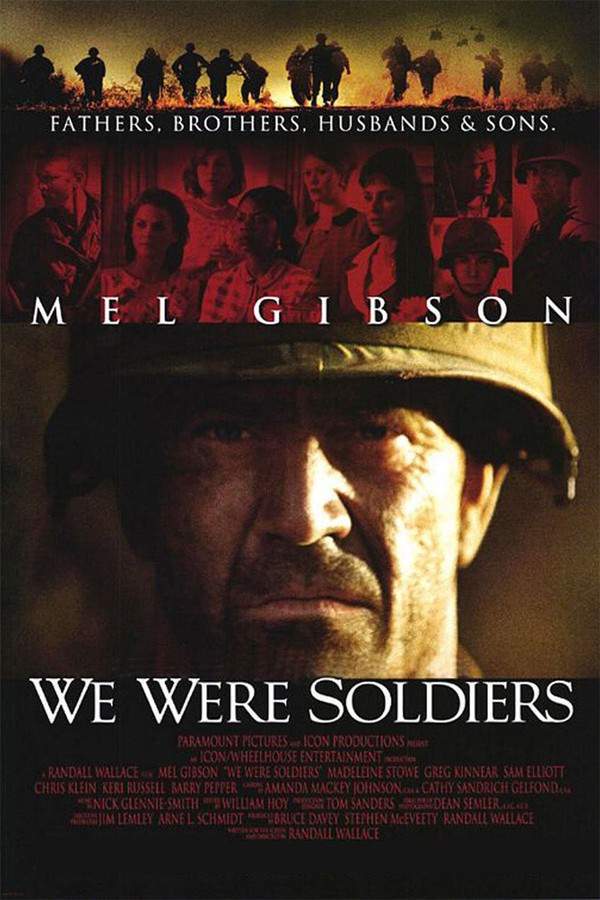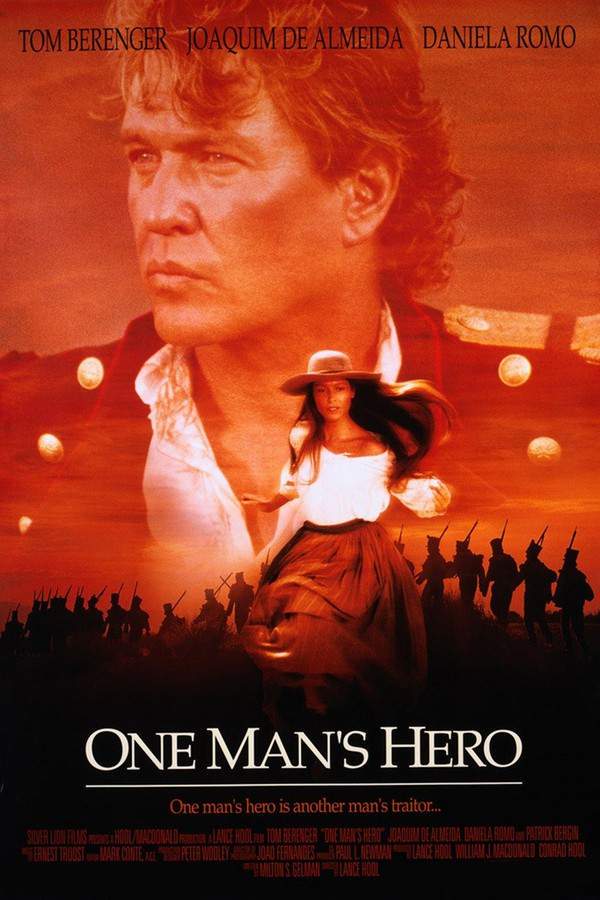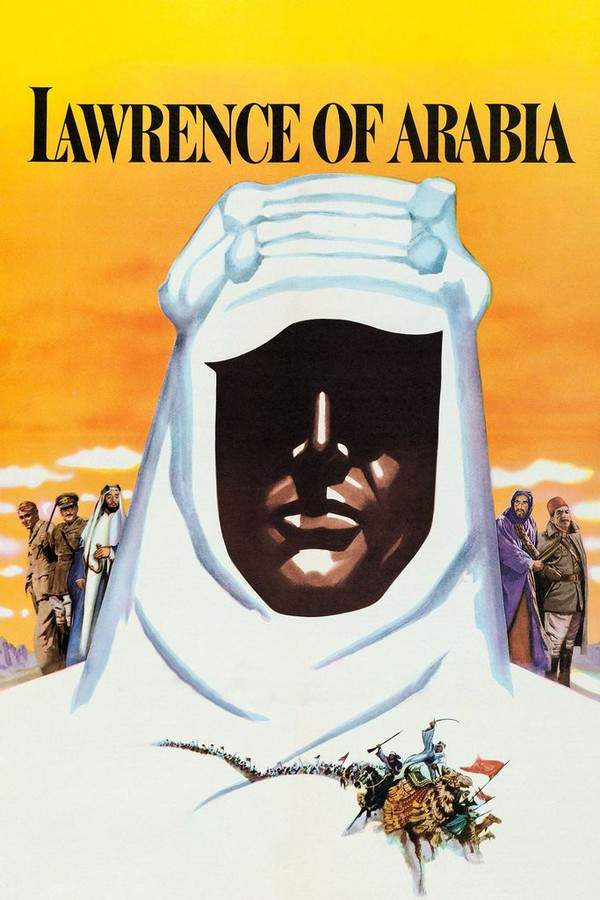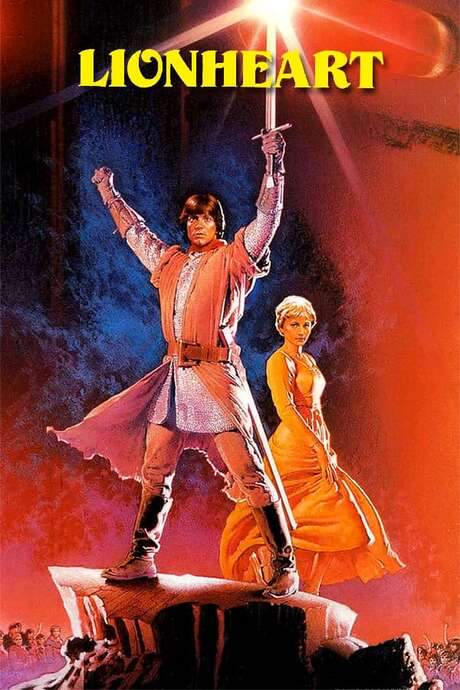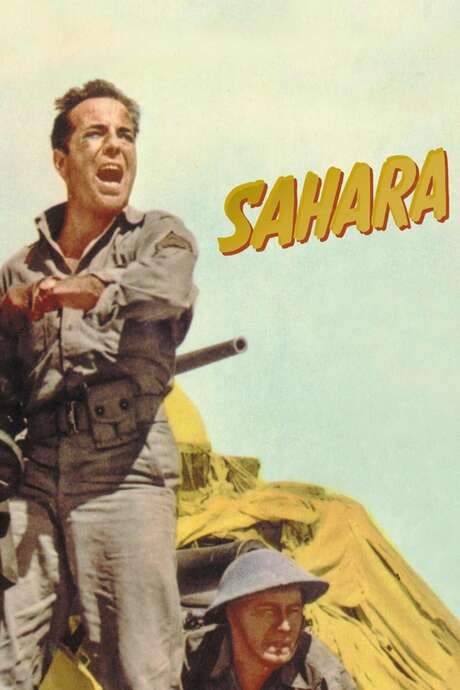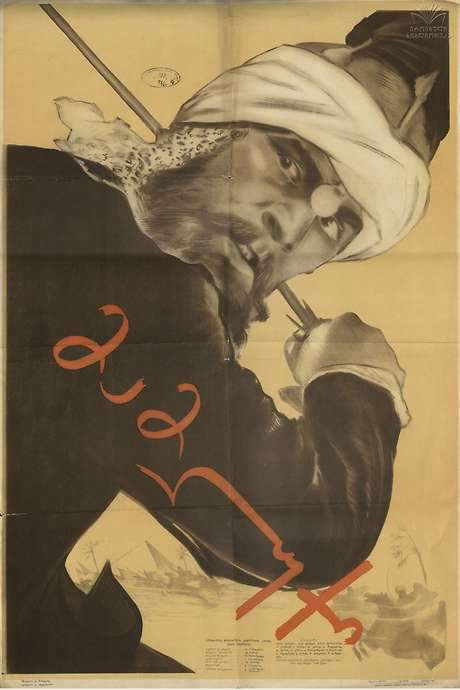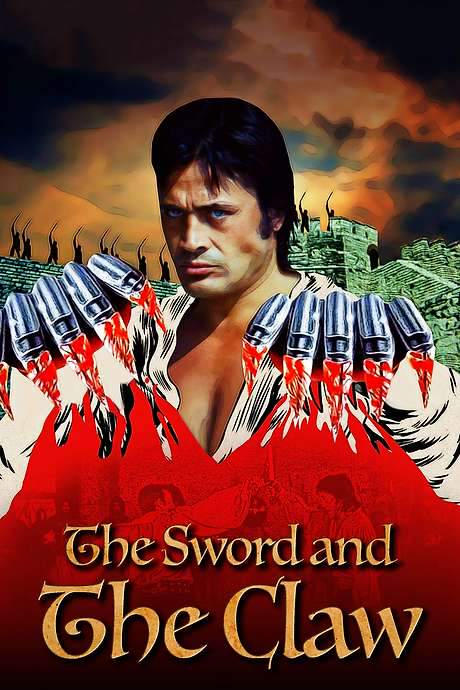
Lion of the Desert
Year: 1980
Runtime: 173 mins
Language: English
Director: Moustapha Akkad
A man of honor stands in a war that seems pointless. The film follows Omar Mukhtar, an Arab Muslim leader who commanded Libyan tribes against Italy’s invasion in the Second Italo‑Senussi War. It shows Western audiences a little‑known episode of North African history and reveals the brutal tactics the Italian army used to subdue the natives.
Warning: spoilers below!
Haven’t seen Lion of the Desert yet? This summary contains major spoilers. Bookmark the page, watch the movie, and come back for the full breakdown. If you're ready, scroll on and relive the story!
Lion of the Desert (1980) – Full Plot Summary & Ending Explained
Read the complete plot breakdown of Lion of the Desert (1980), including all key story events, major twists, and the ending explained in detail. Discover what really happened—and what it all means.
Opening with a documentary-style prologue, the film situates 1929 Libya under Mussolini’s fascist project and makes clear that the events depicted are drawn from real history. Benito Mussolini Rod Steiger resolves to crush the Libyan rebellion and reassert a colonial order, turning to General Rodolfo Graziani Oliver Reed to lead a measured, methodical campaign. Graziani’s task is immense: defeat a guerrilla war waged by Libyans who refuse to surrender their homeland, even as their numbers dwindle and their defenses become increasingly strained under the modern weaponry of the Regio Esercito (Royal Italian Army).
Omar al-Mukhtar Anthony Quinn emerges as the central figure of the resistance—a former teacher who has transformed into a steadfast guerrilla leader. The narrative follows how Mukhtar unites tribes and communities in a sustained defense against a superior force, a struggle that stretches over years and becomes an enduring symbol of defiance. The Libyan fighters rely on intimate knowledge of the desert, hit-and-run tactics, and an unwavering commitment to the land they defend, while the Italians deploy tanks and aircraft for the first time in this theater, signaling a shift toward mechanized warfare that tilts the balance of power in favor of a well-equipped army.
Across the campaign, the film does not shy away from the brutal realities of occupation. It documents the harsh measures used to quell resistance—attacks on crops, the killing of prisoners, and the harsh containment of populations behind barbed wire—portraying a strategy that seeks to break morale through fear as much as through force. Yet Mukhtar’s leadership emphasizes restraint where possible and a stubborn adherence to a vision of Libyan self-rule, even as the war drags on.
A pivotal element of the story is the uneasy diplomacy that surfaces as both sides seek an exit from continual bloodshed. The Libyan resistance assesses the possibility of negotiations, hoping for concessions that might allow Libyans to govern themselves rather than live under foreign rule. The Italians, however, are portrayed as willing to buy time through talks that aim to wear down the other side rather than reach a genuine compromise, a tactic that complicates Mukhtar’s resolve and tests his limits as a leader.
The tension between negotiation and resistance comes into sharp focus in a notable courtroom sequence, where the resistance is tested in a different arena. Captain Lontano Luciano Bartoli presents a legal argument to frame Mukhtar in a way that could spare his life, insisting that because Mukhtar never accepted Italian authority, he cannot be treated as a mere rebel. The narrative uses this moment to explore questions of legality, humanity, and the cost of standing against an occupying power. The judge’s authority and the courtroom drama underscore the film’s broader meditation on justice, power, and the price of resistance in a colonial conflict.
The climactic arc follows Mukhtar’s capture and public execution, a turning point that many viewers might expect but that reverberates with the broader theme: violence can be eloquently argued in the name of freedom, yet the human toll of such resistance is profound. The execution marks a grim milestone in a war that is not easily resolved by force alone, and the film closes by noting that the Libyan struggle does not end with a single figure but with an ongoing contest for autonomy, memory, and history.
Throughout, the performances and period details help anchor the film in a tangible sense of place and time. The desert landscapes, the military parades, and the intimate moments of counsel and decision all contribute to a nuanced portrait of a conflict that between two powers—one empire-building, one homeland-seeking—shaped the fate of a region for years to come. The film’s balance of grand historical scope and intimate, human-scale moments invites viewers to reflect on the costs of conquest, the complexities of resistance, and the stubborn resolve of people who refuse to yield their sovereignty.
In the end, the story remains faithful to its core: a long, arduous struggle defined by courage, deception, sacrifice, and an unwavering insistence on dignity in the face of overwhelming odds. The legacy of Mukhtar’s resistance endures, not only in the annals of history but in the enduring question of what it means to fight for a homeland against a powerful imperial force.
Last Updated: October 09, 2025 at 14:43
Explore Movie Threads
Discover curated groups of movies connected by mood, themes, and story style. Browse collections built around emotion, atmosphere, and narrative focus to easily find films that match what you feel like watching right now.
Bleak Historical Resistance Epics like Lion of the Desert
Sobering stories about leaders fighting doomed wars against overwhelming forces.For viewers seeking movies like Lion of the Desert, this section features historical epics about honorable leaders fighting desperate wars against colonial or imperial powers. These films share a bleak, somber tone and a heavy emotional weight, often depicting the tragic cost of resistance with unflinching realism.
Narrative Summary
The narrative follows a respected leader as they mobilize a people against a technologically or numerically superior enemy. The story methodically portrays the strategic challenges of guerrilla warfare, the brutal tactics of the oppressor, and the gradual, inevitable erosion of hope, leading to a poignant and often tragic end for the central figure.
Why These Movies?
These movies are grouped together because they share a specific combination of historical scope, a focus on leadership under pressure, a consistently bleak and defiant mood, and a narrative arc that accepts tragedy as the price of principled resistance. They offer a sobering look at history through the lens of moral courage in the face of certain defeat.
Morally Heavy War Dramas like Lion of the Desert
War stories where the emotional focus is on the ethical cost of conflict.If you liked the heavy ethical focus and historical gravity of Lion of the Desert, explore these morally complex war dramas. These movies prioritize the human cost and moral dilemmas of warfare, often based on true events, and deliver a powerful, emotionally draining experience.
Narrative Summary
These films often follow a protagonist whose strong moral compass puts them in direct opposition to an unjust system or a brutal war effort. The plot unfolds with a steady, serious pace, dwelling on the psychological and ethical toll of the conflict rather than glorifying action. The endings are typically somber, reinforcing the high price of staying true to one's convictions.
Why These Movies?
They are united by a profound emotional weight derived from their exploration of moral themes within a war context. The shared experience is one of intensity and somber reflection, focusing on the cost of freedom and the reality of war crimes, rather than adventurous heroism.
Unlock the Full Story of Lion of the Desert
Don't stop at just watching — explore Lion of the Desert in full detail. From the complete plot summary and scene-by-scene timeline to character breakdowns, thematic analysis, and a deep dive into the ending — every page helps you truly understand what Lion of the Desert is all about. Plus, discover what's next after the movie.
Lion of the Desert Timeline
Track the full timeline of Lion of the Desert with every major event arranged chronologically. Perfect for decoding non-linear storytelling, flashbacks, or parallel narratives with a clear scene-by-scene breakdown.

Characters, Settings & Themes in Lion of the Desert
Discover the characters, locations, and core themes that shape Lion of the Desert. Get insights into symbolic elements, setting significance, and deeper narrative meaning — ideal for thematic analysis and movie breakdowns.

Lion of the Desert Spoiler-Free Summary
Get a quick, spoiler-free overview of Lion of the Desert that covers the main plot points and key details without revealing any major twists or spoilers. Perfect for those who want to know what to expect before diving in.

More About Lion of the Desert
Visit What's After the Movie to explore more about Lion of the Desert: box office results, cast and crew info, production details, post-credit scenes, and external links — all in one place for movie fans and researchers.

Similar Movies to Lion of the Desert
Discover movies like Lion of the Desert that share similar genres, themes, and storytelling elements. Whether you’re drawn to the atmosphere, character arcs, or plot structure, these curated recommendations will help you explore more films you’ll love.
Explore More About Movie Lion of the Desert
Lion of the Desert (1980) Scene-by-Scene Movie Timeline
Lion of the Desert (1980) Movie Characters, Themes & Settings
Lion of the Desert (1980) Spoiler-Free Summary & Key Flow
Movies Like Lion of the Desert – Similar Titles You’ll Enjoy
Lawrence of Arabia (re-release) (2002) Complete Plot Breakdown
Lawrence of Arabia: The Battle for the Arab World (2003) Movie Recap & Themes
Captive of the Desert (1990) Story Summary & Characters
Lionheart (1987) Spoiler-Packed Plot Recap
Sahara (1943) Story Summary & Characters
South of Algiers (1953) Full Movie Breakdown
Desert Sands (1955) Detailed Story Recap
The Battle of Algiers (1966) Full Summary & Key Details
The Black Tent (1956) Complete Plot Breakdown
The Leopard (1963) Detailed Story Recap
Mameluke (1958) Plot Summary & Ending Explained
The Desert of the Tartars (1976) Full Movie Breakdown
Lawrence of Arabia (1962) Movie Recap & Themes
Desert Victory (1943) Story Summary & Characters
Lionman (1975) Detailed Story Recap

